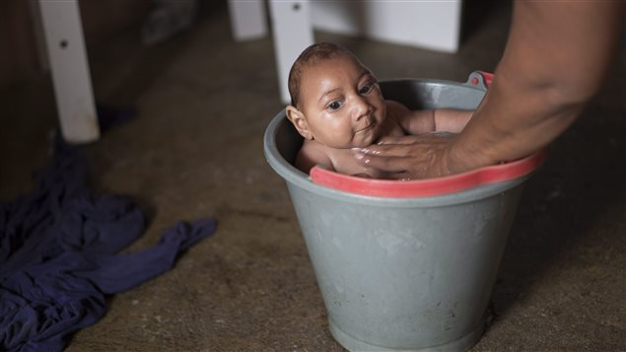The Oropouche Virus
by Prof. Hervé Fleury, MD-PhD | Ventum Biotech Scientific Board Member
A virus (still) little known, it is an arbovirus, i.e. a virus transmissible by blood-sucking insects (midges and mosquitoes); Its cycle is shown in the figure below.
Romero Alvarez et Escobar, Microbes and Infection 2018
We can see that its forest reservoir is composed of primates, sloths as well as probably rodents and birds.
In urban areas, human-to-human transmission is by midges and mosquitoes.
In the map below, which comes from the US CDC (Center for Disease Control), we can note the countries concerned in South America: Bolivia, Peru, Colombia, Brazil. The virus was also observed several years ago in French Guiana. More recently, cases have been described in Cuba (particularly in Santiago de Cuba).
In humans, the clinical signs are very similar to dengue fever with an incubation period of 4 to 8 days after the infective bite: headache, fever, muscle and joint pain, chills, vomiting; In severe cases, meningitis can be observed. The clinical picture lasts from 3 to 6 days. Most patients recover without sequelae. There is no antiviral treatment or vaccine. The only way to fight is protection against insect bites (long clothes, repellents, etc.).
The important problem that is currently emerging in Brazil (and probably elsewhere in the infected areas) is the probable association between infection during pregnancy and microcephaly in newborns, as was widely reported in Brazil (several thousand cases) during the 2015 Zika epidemic.
The figure below concerns a Brazilian child with microcephaly as a result of his mother's infection with Zika during pregnancy.
Photo: La Presse Canadienne



